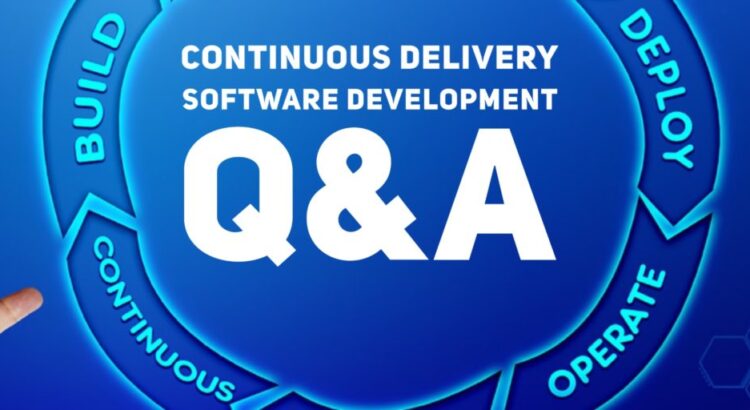What’s the best way to make a development team lean and agile? It was a question we explored at length during our SNIA Cloud Storage Technologies Initiative live webcast “Continuous Delivery: Cloud Software Development on Speed.” During this session, continuous delivery expert, Davis Frank, Co-creator of the Jasmine Test Framework, explained why product development teams are adopting a continuous delivery (CD) model. If you missed the live event, you can watch it on-demand here.
The webcast audience was highly engaged with this topic and asked some interesting questions. Here are Davis Frank’s answers:
Q. What are a few simple tests you can use to determine your team’s capability to deliver CD?
A. I would ask the team three questions:
- Do you want to move to a Continuous Delivery model?
- Are you willing to meet to discover what is preventing your team from working in a CD manner, and then hold yourselves accountable to making improvement?
- Are you able to repeat the second step regularly?
If the answers to these questions are all yes, then you have the foundation necessary to get started.
Q. If you’re talking about multiple products from different companies, how do you ensure that you can deliver CD type products?
A. When building cloud software today, you are going to have dependencies. Dependencies on open-source frameworks, closed-source tooling, and web-based API’s. As these dependencies change, they can affect your products.
Automated testing and Continuous integration help here. They will catch issues before delivery just like bugs or issues that come from your team. Finding the issues early means the team can recover, amend, or work around these types of problems so they have a minimal impact on the team’s delivery pace or the overall business.
Q. When you get to team rotation, how well do software engineers in your experience adapt to moving? As you move engineers to new areas of the code, do you experience that they spend time re-writing what’s not broken because they didn’t write it in the first place?
A. Every person is different, but most engineers like new problems. Learning a new domain and applying their knowledge to solve new problems often is highly motivating for engineers. The urge to re-write is often just to build understanding. As I mentioned in the webcast, the “rewrite risk” can be mitigated by pair programming sessions with engineers more familiar with the code and well-written test suites. The test suites act as documentation on how the code actually works. These accelerate knowledge transfer, reducing some of the motivation to re-write.
There are other reasons to rewrite code. Sometimes it is for reuse, or to make it easier to maintain, or to use newer patterns. These types of rewrites, or refactorings, are natural and happen every day. They improve the code. With good test coverage, the product risk of this type of work is low.
Q. Does the Lean Methodology work well in terms of delivering software, is it still too heavy a process for rapid development by software engineering teams?
A. Any new process will feel heavyweight to a team. I recommend finding things that are not working and use new techniques – whatever their origin – to attempt to fix or optimize them. With short feedback loops, you can experiment, tweak, improve – this is the Learn cycle of Build-Measure-Learn – until you have fixed a problem. And then pick a new one.
Q. Do you still see a need for a “product release” timeline, or does this move software completely to a place where a feature is enabled as soon as it’s ready? How do you cover “feature regression” if new code breaks an existing feature, or updates the way the feature is supported?
A. We touched on the first part of this question in the webcast. A CD team is working well, they are just always delivering new features to production. Whether those features are available to users is a product decision and can be tied to a planned release timeline.
Companies often use feature flags, or other similar technology, to hide functionality from users until they are available. Hiding functionality could be necessary due to public announcement or marketing concerns. Or, partial functionality is delivered and waiting until the remaining functionality is ready and the feature flags are removed.
As to “feature regression” or updating how a feature is supported, automated testing and continuous integration should detect and or protect these cases – which totally happen – they should just happen during the development process and thus before production.
Q. Do you have to do CD using open source, or does it work with closed-source products?
A. I see open-sourcing as a product feature around licensing, transparency, and community. It does not directly have to do with how the software is developed and delivered. So, I see no conflicts with closed-source software. Said another way, does Amazon release their store platform as open-source? Or Google for GMail or Google Docs?
